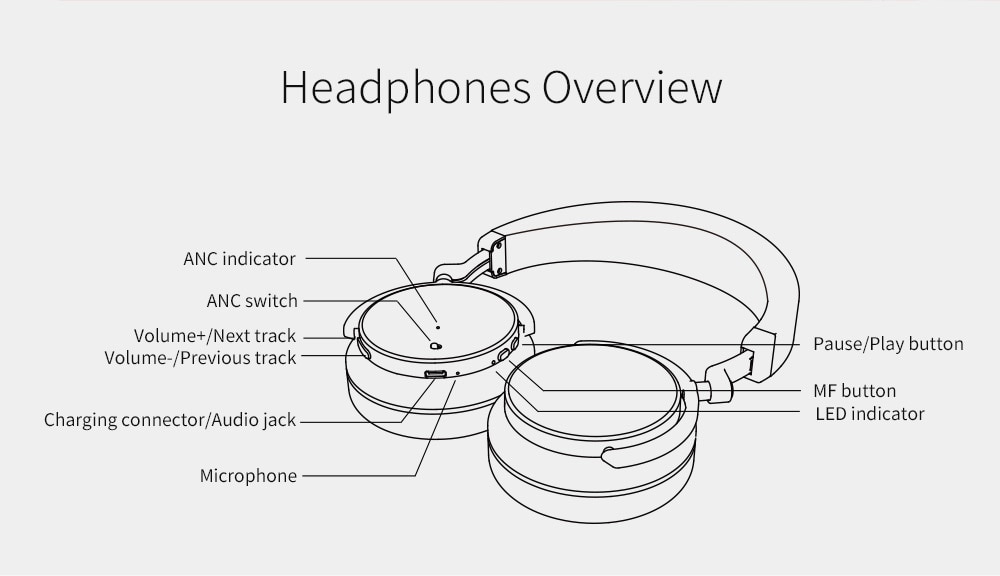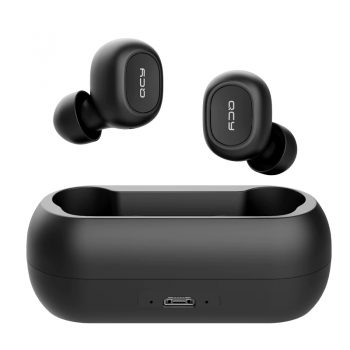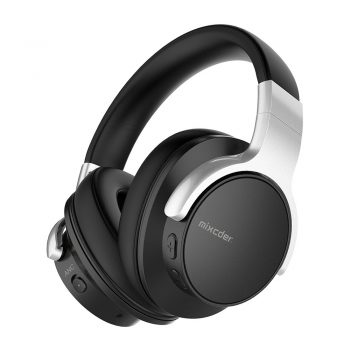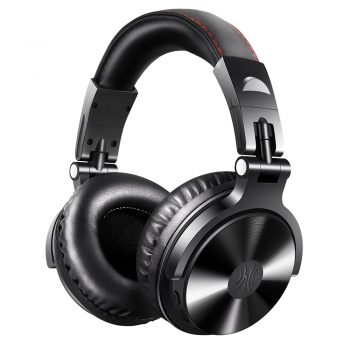Advanced ambient noise reduction technology
Unwanted sound from the environment can be reduced by excluding sound from the ear by passive noise isolation, or, often in conjunction with isolation, by active noise cancellation.
Passive noise isolation is essentially using the body of the earphone, either over or in the ear, as a passive earplug that simply blocks out sound. The headphone types that provide most attenuation are in-ear canal headphones and closed-back headphones, both circumaural and supra aural. Open-back and earbud headphones provide some passive noise isolation, but much less than the others. Typical closed-back headphones block 8 to 12 dB, and in-ears anywhere from 10 to 15 dB. Some models have been specifically designed for drummers to facilitate the drummer monitoring the recorded sound while reducing sound directly from the drums as much as possible. Such headphones claim to reduce ambient noise by around 25 dB.
Active noise-cancelling headphones use a microphone, amplifier, and speaker to pick up, amplify, and play ambient noise in phase-reversed form; this to some extent cancels out unwanted noise from the environment without affecting the desired sound source, which is not picked up and reversed by the microphone. They require a power source, usually a battery, to drive their circuitry. Active noise cancelling headphones can attenuate ambient noise by 20 dB or more, but the active circuitry is mainly effective on constant sounds and at lower frequencies, rather than sharp sounds and voices. Some noise cancelling headphones are designed mainly to reduce low-frequency engine and travel noise in aircraft, trains, and automobiles, and are less effective in environments with other types of noise.








Leave a comment